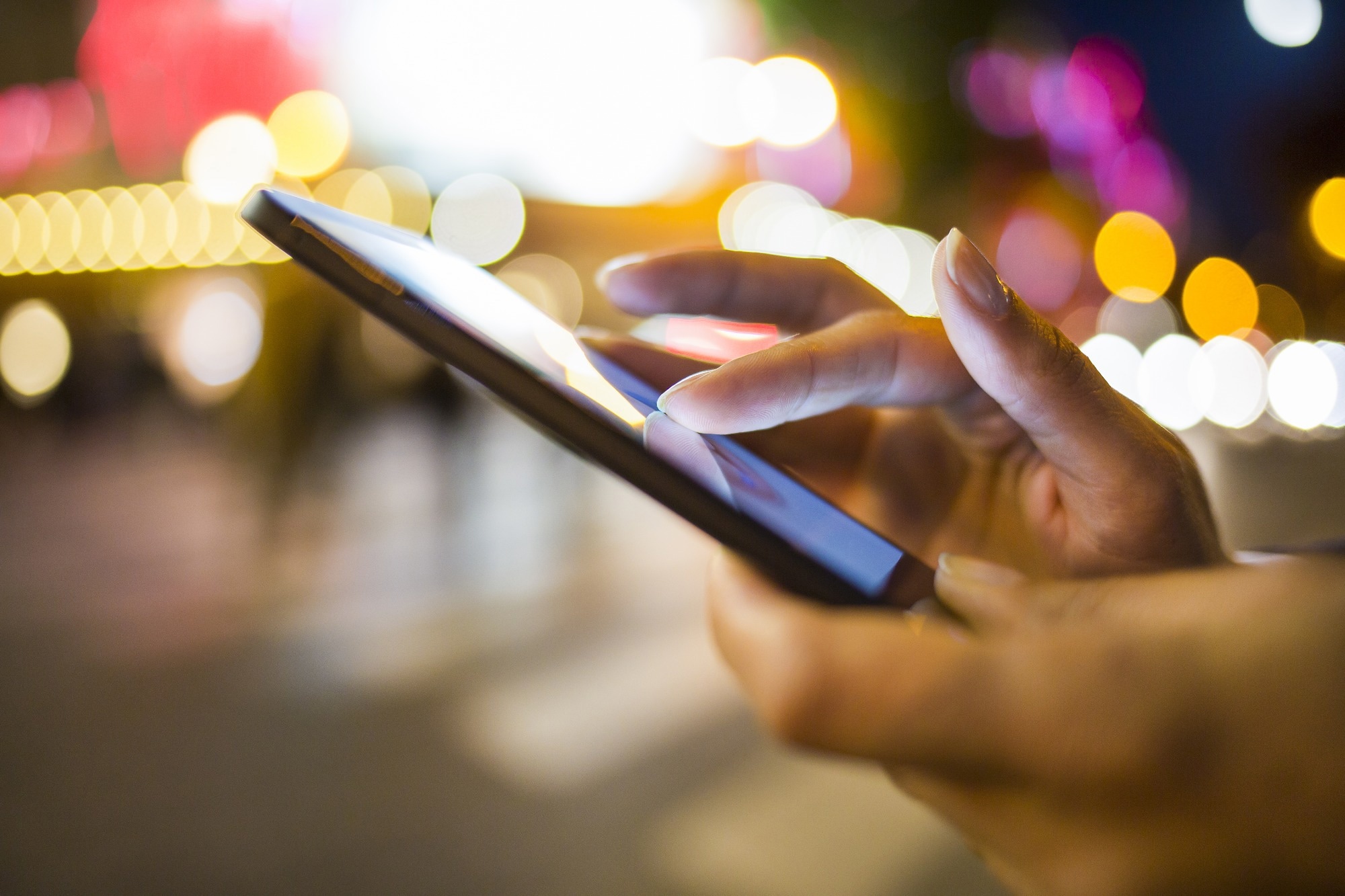In a recent study published in Nutrients, researchers assessed the effectiveness of a smartphone application for measuring sodium consumption.
 Study: Effectiveness of a Smartphone Application for Dietary Sodium Intake Measurement. Image Credit: LDprod/Shutterstock.com
Study: Effectiveness of a Smartphone Application for Dietary Sodium Intake Measurement. Image Credit: LDprod/Shutterstock.com
Background
Smartphone application-based dietary assessment is an emerging technology that aims to improve dietary collection and estimation of sodium intake.
Studies have reported that smartphone applications correlate significantly with food frequency questionnaires (FFQs) for energy, macronutrients, and alcohol intake. However, the correlation between smartphone data and sodium intake remains unexplored.
About the study
The present study explored digital estimation via a smartphone application as a potential alternative to urine sample collection to assess dietary sodium consumption.
The study, conducted between June 2018 and February 2020, included 46 individuals who willingly registered in Noom Health's food-logging program and were followed up for 6.0 months after study initiation.
Individuals aged below 18 years, those who had baseline estimated glomerular filtration rates (eGFR) below 30.0 mL per minute per 1.7 m2, and those who logged in their meals less than 3.0 times weekly were excluded from the analysis.
The application used the Korean Ministry of Food and Drug Safety's Open-Source Food Safety Database, the Korean Nutrition Society's Computer-Aided Nutritional Analysis program, and the five-year-updated Korean Standard Food Composition Table.
The application has three color codes, i.e., green, yellow, and red, denoting low-calorie, moderate-calorie, and high-calorie foods, respectively.
The Noom application used the Harris-Benedict equation to ascertain the individuals' minimal daily caloric intake and basal metabolic rate. The targeted sodium consumption was 2,300 mg daily, determined using the Dietary Approaches to Stop Hypertension (DASH) guidelines.
Sodium intake at study initiation and after six months was measured by taking an average daily sodium consumption in the initial and final weeks of application use, respectively.
All individuals regularly received text messages to encourage regular food logging, and reminders were provided in case of no logging. Application use was evaluated according to the number of meal logins each week.
Serological creatinine levels were monitored using isotope dilution-type mass spectroscopy, and eGFR values were derived from the Chronic Kidney Disease Epidemiology Collaboration (CKD-EPI) equation.
Results
The study participants had a mean age of 40.0 years, and 48% (n=22) were men. The mean body mass index value was 24 kg/m2, and the mean number of logins per week was 16.
All individuals were hypertensive at study initiation and consumed anti-hypertensive medications, and 24% (n=11) of participants concomitantly consumed anti-dyslipidemic drugs. The mean values for serological creatinine and eGFR were one mg per dL and 87.0 mL per minute per 1.7 m2, respectively.
The mean daily urinary sodium level at study initiation was 124 mmol per 24 hours. The median values for the albumin-to-creatinine ratio and one-day urinary albumin levels were 287 mg per g of creatinine and 230 mg per day.
The mean intake of sodium intakes, as determined using the phone application and using the one-day urinary sodium levels, were 2,021 and 2,858 mg per 24 hours, respectively.
Six months after study initiation, the mean one-day urinary sodium level was 117 mmol per 24 hours. The mean sodium intake, as the mobile phone application estimated, and the 24-hour urinary sodium were 1,456 and 2,698 mg per 24 hours, respectively.
Sodium consumption determined using the phone application positively correlated with that determined using the one-day urinary sodium levels at study initiation and after six months. The mean difference between sodium intakes, determined using the mobile phone application, and the 24-hour urinary sodium levels at study initiation and follow-up were -837 mg and -24 mg, respectively.
Sodium consumption estimated using the application was lower than the 24-hour urinary collection data. The disparity could be due to variations in urinary sodium excretion, which an individual's salt sensitivity may influence.
Salt-sensitive people excrete sodium slowly due to genetic variations. In contrast, inverse salt-sensitive ones have increased blood pressure, and salt-resistant people have urinary sodium elimination rates between the two.
Additionally, dietary intake may have been underreported at higher consumption levels due to hesitancy regarding reporting unhealthy foods.
Conclusion
The study findings showed that the smartphone application could accurately measure dietary sodium intake and correlated well with 24-hour urinary sodium levels.
However, limited clinical data on smartphone applications' efficacy in measuring sodium intake supports the need for further investigation.
Smartphone applications may be a potential substitute for urine collection, highlighting the potential benefits of using these applications to assess sodium intake.